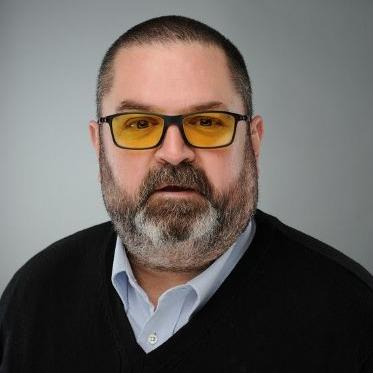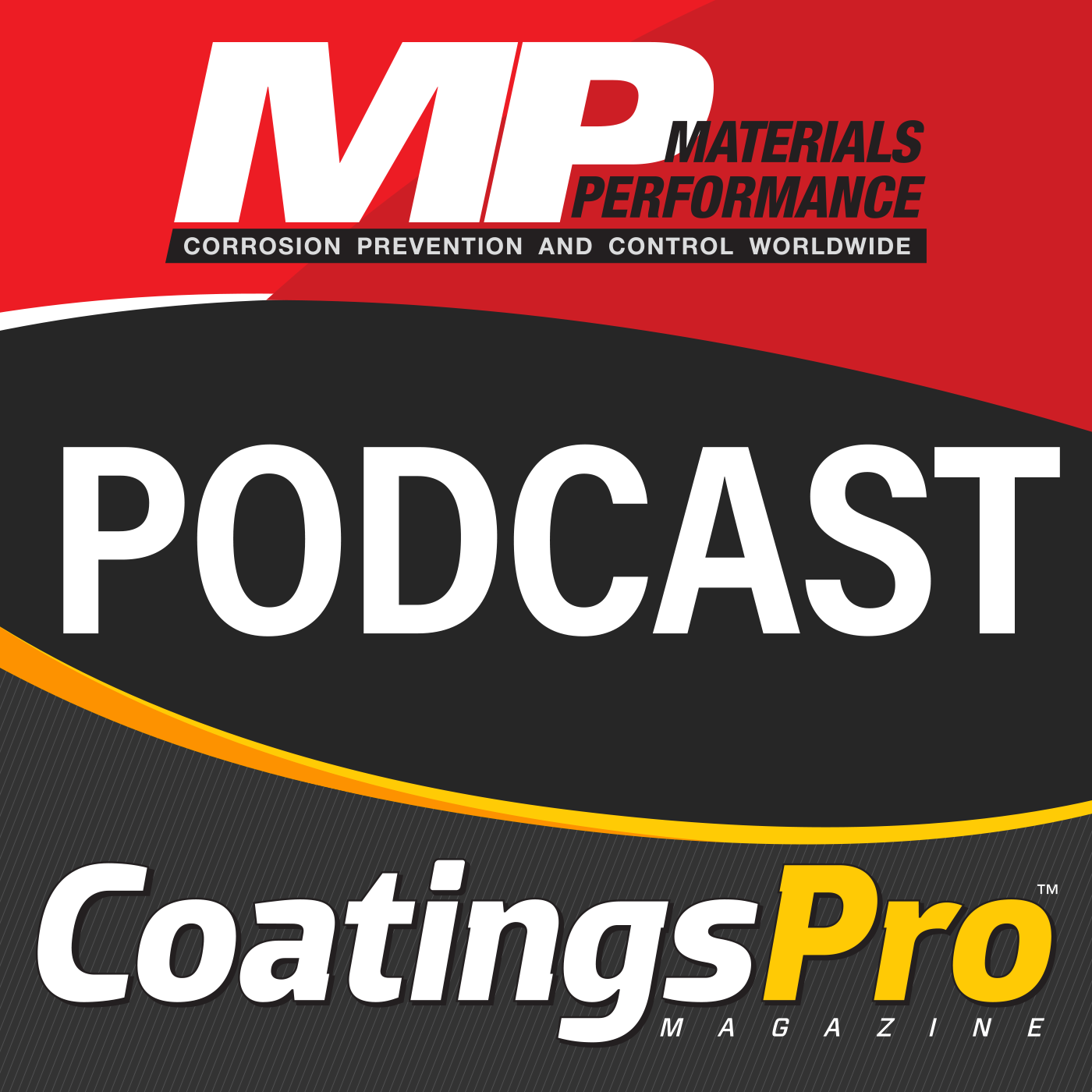James “Jim” Kunkle, manager of engineering specifications for North America at AkzoNobel’s International Protective Coatings (Amsterdam, The Netherlands), recently joined our “member profile” podcast series.
Kunkle has a unique perspective on the corrosion control industry and its path forward, having worked full-time for both private companies and associations such as SSPC: The Society for Protective Coatings and the newly formed Association for Materials Protection and Performance (AMPP).
Discussion topics include how the COVID-19 pandemic has accelerated our industry’s digital transformation; what changes are temporary, and which are more permanent; key technology trends; and how industry companies and associations can work together to meet various challenges.
Read on for a Q&A transcript of select portions of that episode, and check out the full episode below. Readers can also search for Kunkle’s channels at social media outlets including LinkedIn, YouTube, and Facebook.

Q: Can you give us some of your career highlights, as well as details on your new position with AkzoNobel?
Kunkle: I have 15-plus years in the global protective coatings industry. Originally, I started off in powder coatings, working in the steel fabrication market. In 2013, SSPC approached me to join as a business development manager. I joined in 2013 and worked through this past March [2022], which included the merger with NACE International to form AMPP.
It was an exciting time for me to transition from AMPP to International, where I work on the engineering side of the business. I’m a manager for North American specifications, where I manage a team here in North America.
Q: During your time at AMPP and beyond, you’ve been very active with podcasts, webcasts, social media, and all sorts of various digital platforms. You’ve been something of a trail blazer in those areas. Where did that emphasis start, and why did you see the value in it so quickly?
Kunkle: Over the years, what I’ve come to acquire is an appreciation for digital methodologies. Not only to share knowledge and best practices, but also when it comes to business improvements, efficiencies, and stressing the message.
We’re in this global battle against corrosion and trying to protect infrastructure. As we move into the future, we’re going to see major issues when it comes to protecting assets. Not only here on Earth, but also as we move out into the universe, and into space.
As an industry, both corrosion and coatings, we need to embrace this digital transformation. We started to see elements of it push in with the onset of COVID lockdowns.
Q: COVID has clearly accelerated that trend by forcing a lot of companies to look at things differently than before. Is it your sense that COVID just expedited the timetable? If it was normal times, it might have taken 5 to 10 years to embrace some of these technologies, but with COVID, we all mostly did it in a few months, right?

Kunkle: You’re absolutely correct. It was a trial by fire. A lot of companies and entities, both contractors, manufacturers, and other organizations and trade groups, they thought they were prepared. Then, all of a sudden, they just got thrown in there.
When you were talking about the importance of podcasting and webcasting, that is part of the digital transformation, and it’s really starting to grow even more on a grassroots level. But when we think about digital transformation, we need to think of the adoption and integration of digital technologies. Not only for companies but also on the educational side.
It’s all focused toward improving efficiencies, best practices, processes, and, importantly, the user experience for the customer and client. That’s what is so important about this digital transformation that is happening in the corrosion and protective coatings industries. But it still is a long way off, and that’s why I wanted to stress it today.
As an industry, we have to embrace these future trends and changes. Because if we don’t, we can fall behind, and we might not be totally prepared for what the future has opened for us. We tend to think about Earth-based opportunities, but in the future, we have to really think universal.
That’s why now is the time to talk about digital transformation. Embrace what we have right now, and then look at ways that we can improve, share knowledge, collaborate, and lead. We want to lead the industry—and the world—when it comes to the future of combating corrosion, and also in trying to protect and preserve the assets of infrastructure that we rely on every single day.
Q: Can you give us some examples?
Kunkle: Think of gamification. Maybe you’re teaching an abrasive blaster or a coating applicator. You’ve seen these VR [virtual reality] technologies, these virtual trainers and virtual training units, that can help them refine technique and skill. Then, when they actually go to use the equipment or the tools—and they’re actually using paint or abrasives, which cost money—they can be as efficient and proficient as possible. That way, when they actually go to show their skills in a real-life work or project situation, they can be best prepared.
Another area that we have to think about is manpower, particularly when it comes to skilled labor and other different types of positions. We’re really in a crisis right now. Think of digital transformation when it comes to the automation of manufacturing and distribution.

For example, with a contractor…you’re going to see a time where you’re going to have people who will be operating robotic blasting units for surface preparation, or cleaning, by waterjetting and things like that. Or in paint application inspections, we already see that now with the different types of digital inspections that can be done by moving away from paper to the real-time digital world.
You and I, we talk to owners every day, and they want real-time information. They don’t want to wait for reports to be written and then sent in. Yet, that still goes on today. Those are things that we, as an industry, have to be able to address in corrosion and coatings. We need to be able to deliver what the customer or client wants, and they really want instantaneous information and a good understanding of how projects are unfolding.
Or, when it comes to the skill level of a craft worker…how proficient are they? It comes down to utilizing the different tools that we see now, when it comes to VR or other types of automation. Those can help attract people into our industry, and they can also make it fun. When it comes to the practical side, that’s where they have the greatest opportunity to make a good living and make a big impact on our infrastructure.
Source: Jim Kunkle, james.kunkle@AkzoNobel.com.; Materials Performance (MP) Magazine podcasts, www.materialsperformance.com/podcasts.